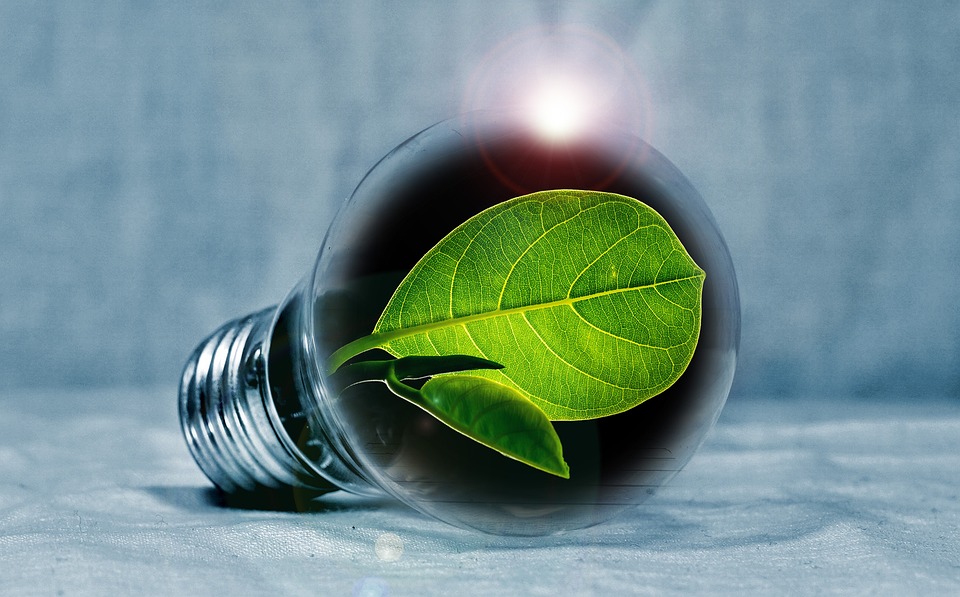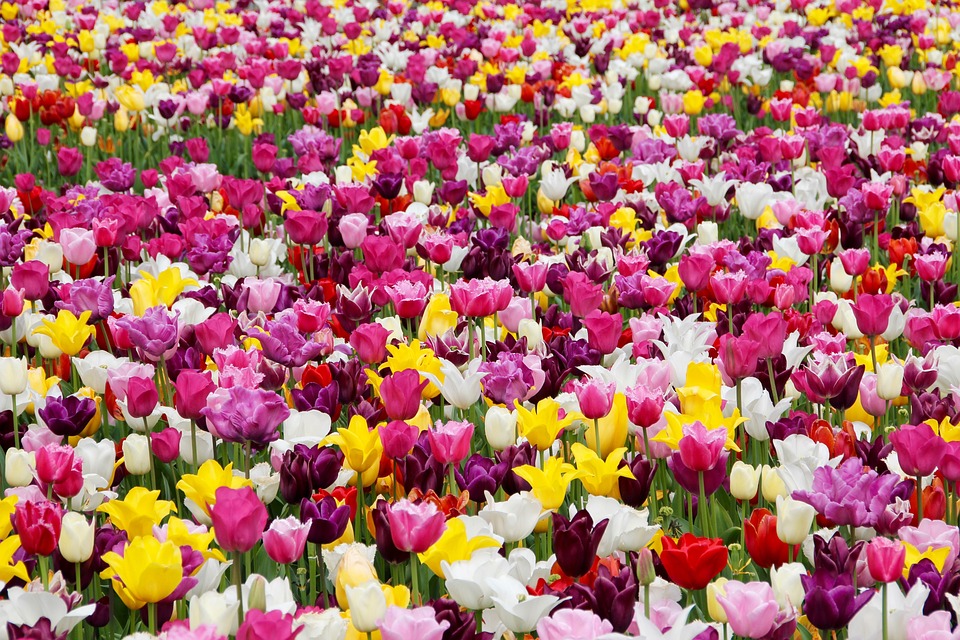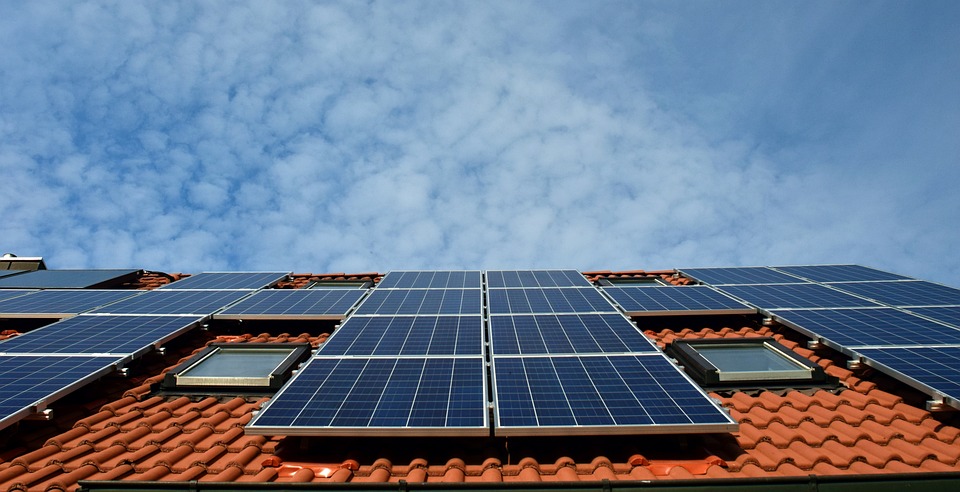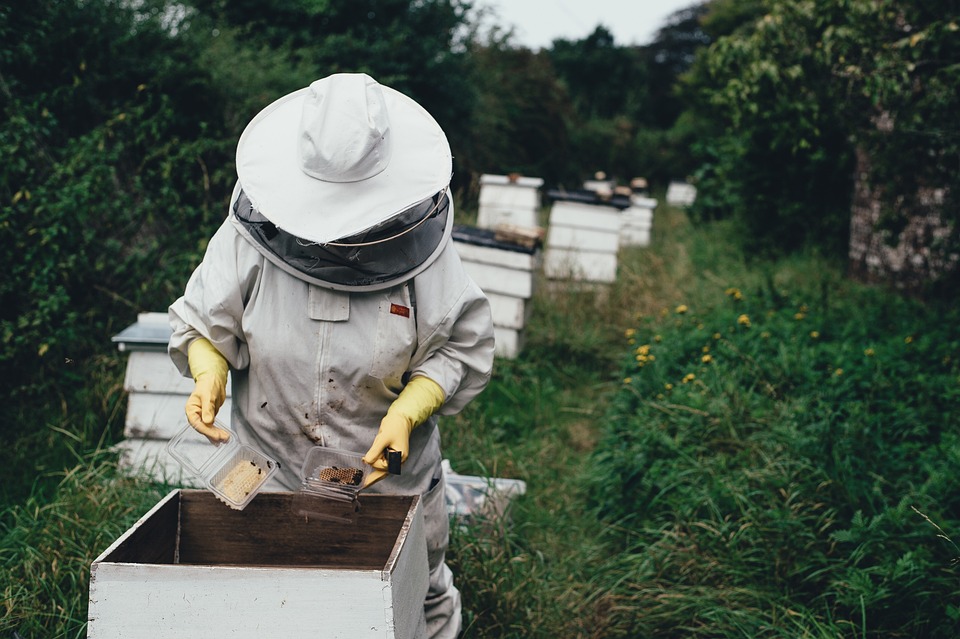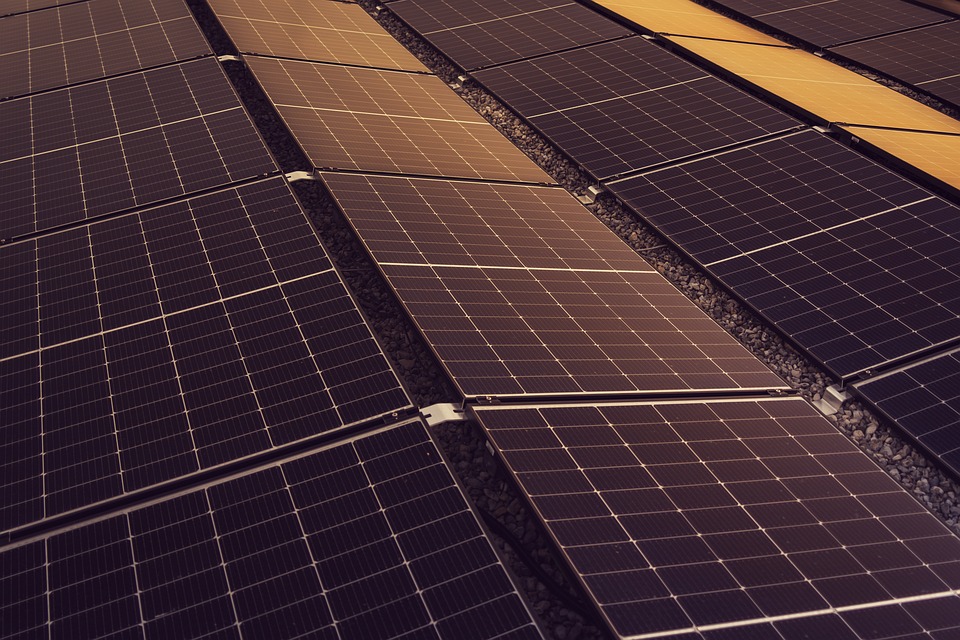Green Living Revolution: Discover Biodegradable Solutions for a Sustainable Lifestyle
Living off the grid has been a transformative and eye-opening experience for me. As I disconnected from the modern world and reconnected with nature, I discovered a whole new way of living that not only benefits the environment but also brings me joy and fulfillment. It’s a lifestyle that I believe holds the key to a sustainable future for our planet. Today, I want to embark on a green living revolution with you, as we explore the exciting world of biodegradable solutions and sustainable practices that can transform our lives and create a brighter future for generations to come. At its core, green living is about embracing sustainable practices that reduce our carbon footprint and minimize harm to the environment. It’s a conscious effort to make eco-friendly choices in all aspects of our lives, from the products we use to the way we manage our waste. The key is to find biodegradable alternatives that break down naturally and return to the earth, minimizing the burden on landfills and reducing pollution. So, where do we start on this path to sustainable living? Let’s dive into some fascinating and fun solutions that can make a significant impact and bring a positive change to our lives. 1. Biodegradable Packaging: Say goodbye to single-use plastics! The market is brimming with innovative packaging options that are made from biodegradable materials. From compostable food containers to plant-based bioplastics, these alternatives offer the same convenience without the environmental cost. Switching to biodegradable packaging is a simple yet powerful step towards reducing our plastic waste. 2. Eco-friendly Cleaning Products: Traditional cleaning products often contain harmful chemicals that pollute our waterways and harm aquatic life. Embrace the green cleaning revolution by opting for biodegradable and non-toxic cleaning products. Not only are these kinder to the environment, but they also create a healthier living space for you and your family. 3. Sustainable Fashion: Did you know that the fashion industry is one of the most polluting industries in the world? Fast fashion contributes to massive amounts of waste and pollution. However, by choosing clothes made from organic and biodegradable materials such as bamboo or hemp, we can minimize our impact on the environment. Pro tip: Consider shopping at thrift stores for unique and sustainable fashion finds! 4. Renewable Energy Sources: Embracing renewable energy sources like solar panels or wind turbines can drastically reduce your carbon footprint. Not only will you save money on energy bills, but you’ll also contribute to a cleaner and greener planet. If you’re unable to install renewable energy sources, opt for green energy providers who source their electricity from renewable sources. 5. Composting: Instead of tossing organic waste into the trash bin, start composting! Composting breaks down organic material into nutrient-rich soil, which can be used for gardening or landscaping purposes. It’s a fantastic way to minimize waste and make use of what nature has provided. Pro tip: If you have limited space, try vermicomposting – using worms to decompose your organic waste! 6. Reusable Alternatives: Say goodbye to single-use items and embrace reusable alternatives. Invest in a stainless steel water bottle, use cloth shopping bags, carry a reusable coffee cup, and ditch disposable cutlery. These small lifestyle changes may seem insignificant individually, but collectively, they play a significant role in reducing waste. 7. Green Transportation: Seek out greener modes of transportation whenever possible. Opt for public transport, carpool with friends or colleagues, or even consider biking or walking for short distances. Not only will you reduce your carbon footprint, but you’ll also enjoy the health benefits of staying active. 8. Cultivate a Green Thumb: Growing your own food not only ensures you have fresh and healthy produce at your doorstep but also reduces the carbon footprint associated with shipping and packaging. Even if you have limited space, explore vertical gardening or nurture a small herb garden on your windowsill. Pro tip: Collect rainwater in barrels to water your plants and reduce water waste. 9. Reduce, Reuse, Recycle: The three R’s of sustainability are timeless and crucial. Reduce your consumption, reuse items whenever possible, and recycle materials to minimize waste. Educating ourselves on what can be recycled and ensuring proper disposal maximizes the impact of our efforts. 10. Spread the Green Revolution: Share your green journey with others! Inspire friends, family, and even colleagues to adopt sustainable practices. Host community events, join local eco-conscious groups, or start a blog to share your experiences and tips for living greener. Together, we can create a ripple effect that brings about meaningful change. The green living revolution is here, and it’s a thrilling time to be a part of it. By incorporating biodegradable solutions and sustainable practices into our lives, we can create a better future for ourselves and the planet. Get creative, experiment, and discover new ways to live sustainably. Are you ready to join the movement? Remember, green living isn’t about perfection—it’s about progress. Every small step we take in the right direction counts. So, let’s embark on this exciting journey together, embracing the beauty of sustainability while enjoying the positive impact it brings to our lives and the world around us. As we create a greener future, we invite others to join us on this transformative path towards a sustainable and fulfilling lifestyle. The revolution starts with us!


